I'm working with a bunch of mechanical engineers on an electrical engineering project and we're totally stumped.
The main problem is to drive a small robot chassis using the power generated from solar panels. The concept we came up with is to charge a large capacitor by sitting in front of the provided work lamp, then use that stored charge to drive the motors to drive up a small ramp.
As this project still has yet to work, the min viable product of charge time to drive time doesn't really matter, just has to be 15 minutes in total.
We have six Maxeon monocrystalline cells in series which generate 3.3-3.4V when tested. We have been testing with a very large 62F, 18V, 2.8Wh capacitor but also have some smaller ones. We are using two 12V DC motors, which we only need to drive at ~6V for adequate speed.
To get the solar voltage to a workable higher voltage, we also have MT3608 boost converter.
This is the basic circuit we've been working with:
We are also using a motor driver which requires 5V to operate.
Our line of thought is using the booster, we can charge the capacitor to the set voltage, even if it takes 10 minutes with the very low current, which then can be used in motor drivers, etc. in a much smaller time period.
In experiments, even after setting the booster to 8V, the capacitor will not charge more than 3.3V that the solar cells are outputting.
We've also tried placing the booster after the capacitor, thinking we can boost the low voltage to be usable, but that also resulted in no effect.
We do not need to power a PWM input or the Arduino used to control with these cells, only the power input to the drivers.
The distance to drive is pretty short, the plan is to make multiple trips and charge and discharge the capacitor each time so time to charge when designing was important.
